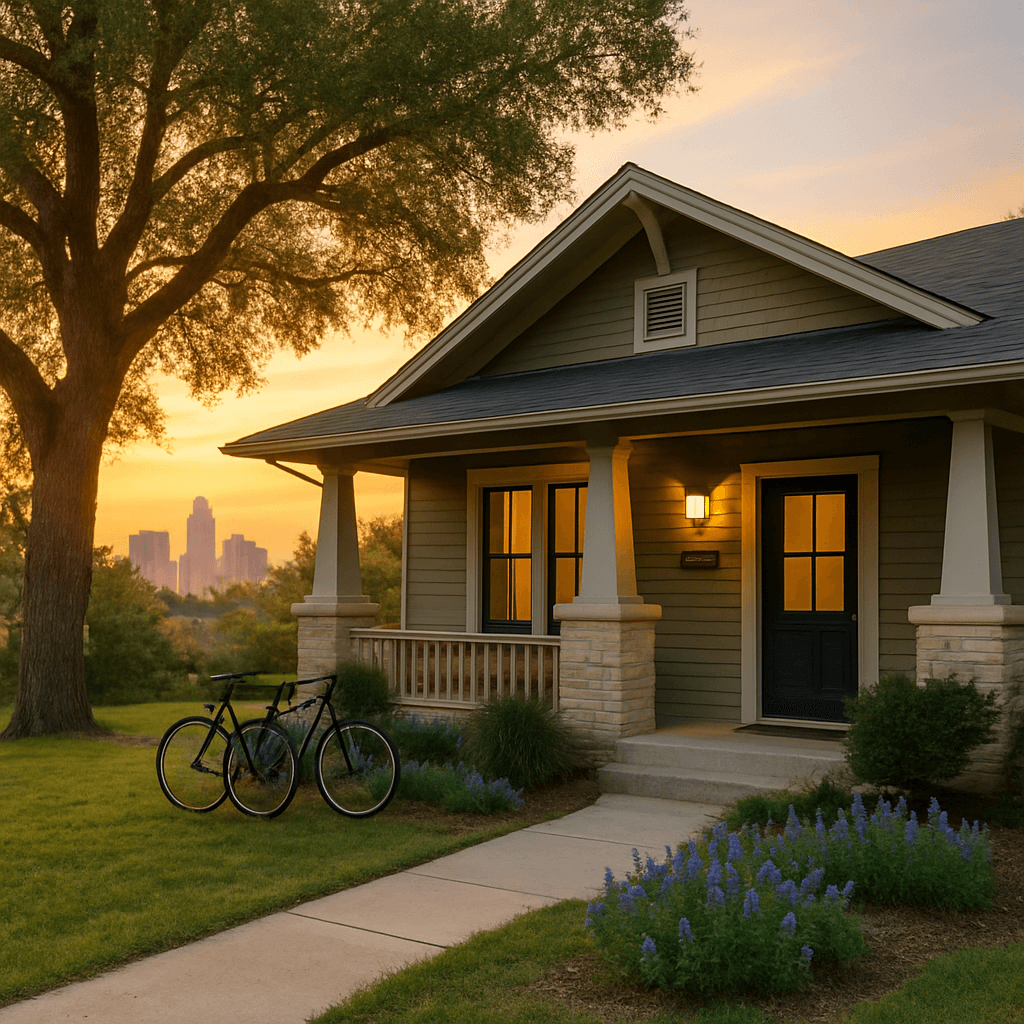Last Updated on December 22, 2025
What “sober living” means in Austin
Sober living homes are alcohol- and drug-free residences that sit between treatment and independent living. They offer structure, peer accountability, curfews, and testing. Many homes partner with outpatient care and mutual-help groups across Austin. The goal is a safe routine while you rebuild work, school, and family life.
How sober living differs from “rehab”
“Rehab” usually means clinical care—detox, inpatient or residential programs, partial hospitalization (PHP), or intensive outpatient (IOP). Sober living is housing, not a medical program, though many homes require therapy or meetings. You can often step down from detox or residential into sober living and continue therapy in an alcohol rehab program in Austin that fits your schedule.
Common rules and supports
Self-governed models require abstinence, paying your share, and non-disruptive behavior. Many have weekly meetings and shared chores. Because of this model, there is often no preset maximum stay, and average time in these homes can approach a year.
Typical length of stay: what the data shows
There is not one answer that fits everyone. Several sources line up on a pattern:
- Plan for at least 90 days of treatment involvement to see durable gains. That guidance informs how long many people keep structured support around them.
- Average sober-living stays often fall near ~166–254 days (about 5½–8½ months).
- Peer-run models can last longer: some report average stays near 10–12 months, with no maximum so long as house standards are met (NIH/PMC).
Why longer stays can help
More time in a recovery-focused setting strengthens relapse-prevention skills and stability in work, school, and housing. Studies associate sober-living residence with fewer alcohol or drug problems, lower arrest rates, higher employment, and more stable housing up to a year and a half later.
Can you do a “2-day alcohol rehab” in Austin?
People search for “2 day alcohol rehab Austin.” In practice, two days is not a full rehab. Here is what two days can realistically cover:
What 2 days can cover
- Assessment and stabilization. A weekend assessment can produce a plan and start medications if clinically appropriate.
- Early detox support. Alcohol withdrawal symptoms can start within hours and peak at 24–72 hours, so some people receive 48-hour observation at the front end. Severity varies and can last longer; medical supervision is important MedlinePlus.
- Short detox windows exist. Some medical detox stays last 3–7 days; a two-day period may be a partial detox or an observation phase, not complete care.
Safer, realistic alternatives in Austin
- Detox + step-down. Start with medical detox for as long as needed, then move into sober living and an alcohol rehab program in Austin (IOP). Many IOPs run 6–8 weeks with several sessions each week or weekend blocks.
- Family and skills workshops. Short workshops can support families and teach core skills; they complement, rather than replace, formal treatment.
Bottom line: Two days can start the process, but most people need weeks to months of structured care and/or sober housing for best outcomes.
So, how long can you live in a sober living home in Austin?
As long as it continues to help and you follow the rules. Many homes let you stay indefinitely if you maintain sobriety, contribute financially, and respect the community. A practical path many Austin programs suggest is to start with 90 days, then reassess in 30–60-day increments until you feel ready to transition.
A simple timeline framework
- Days 1–30: Settle in, stabilize routines, engage with therapy or IOP, and set work or school goals.
- Days 31–90: Broaden supports, build a relapse-prevention plan, and take on more responsibility at home and at work.
- After 90 days: Extend if cravings or stress remain high, or if housing or finances are not stable. Many residents benefit from 5–9 months total; others prefer around a year in self-run models.
Where to look: Austin neighborhoods and North Austin options
If you want alcohol rehab in Austin, Texas plus sober living homes in North Austin, you will find programs across Central, South, and North Austin. Use neutral directories and the federal locator to filter by level of care (detox, inpatient, PHP, IOP) and ZIP code—then ask each provider how they coordinate with sober homes near you SAMHSA FindTreatment.gov.
How to vet a good fit
- Confirm rules, testing, curfews, and meeting expectations.
- Ask how residents connect to therapy (IOP/PHP) and mutual-help meetings.
- Clarify costs and length-of-stay policies, including any open-ended options.
Readiness check: signs you’re prepared to move out
Leaving sober living is a personal decision. These signals help:
Objective markers
- You have 90+ days of continuous sobriety, with several months of stable routines.
- Cravings are manageable, and you use a written relapse-prevention plan.
- Steady housing and income are in place.
- You maintain weekly recovery contacts (sponsor, peers, therapy). Evidence suggests more time in structured recovery correlates with stable outcomes; leaving too soon can raise stress and risk.
Special note on safety
If you or someone you love may be in alcohol withdrawal, do not detox alone. Symptoms can peak within 24–72 hours and become severe. Seek medical care or call local services right away.
